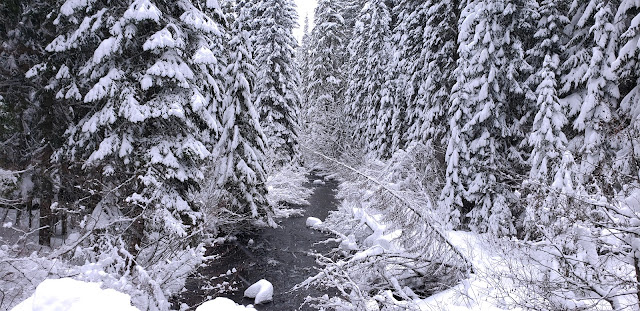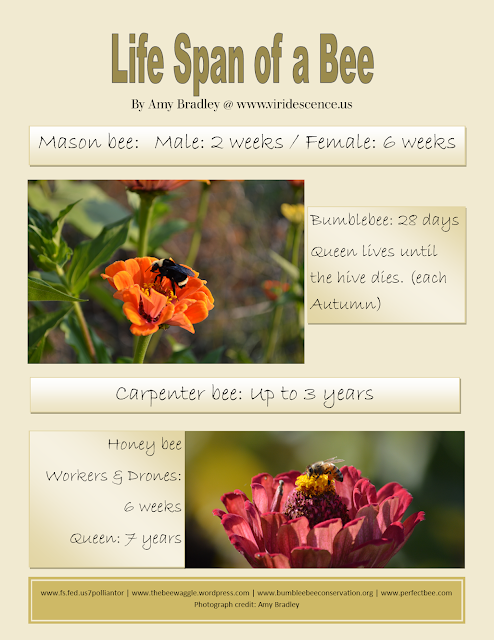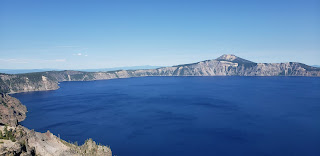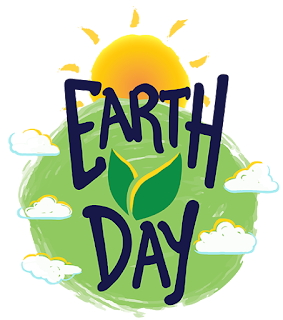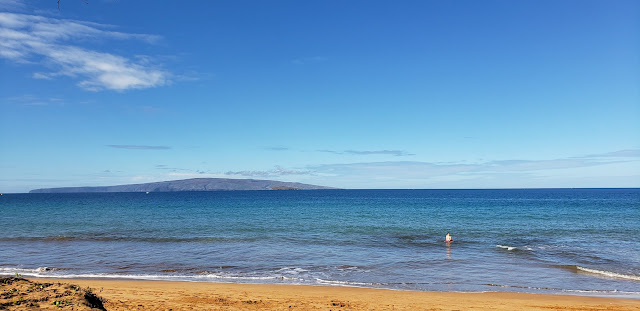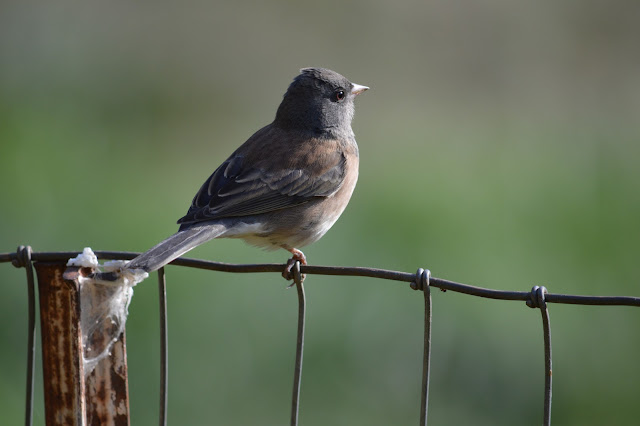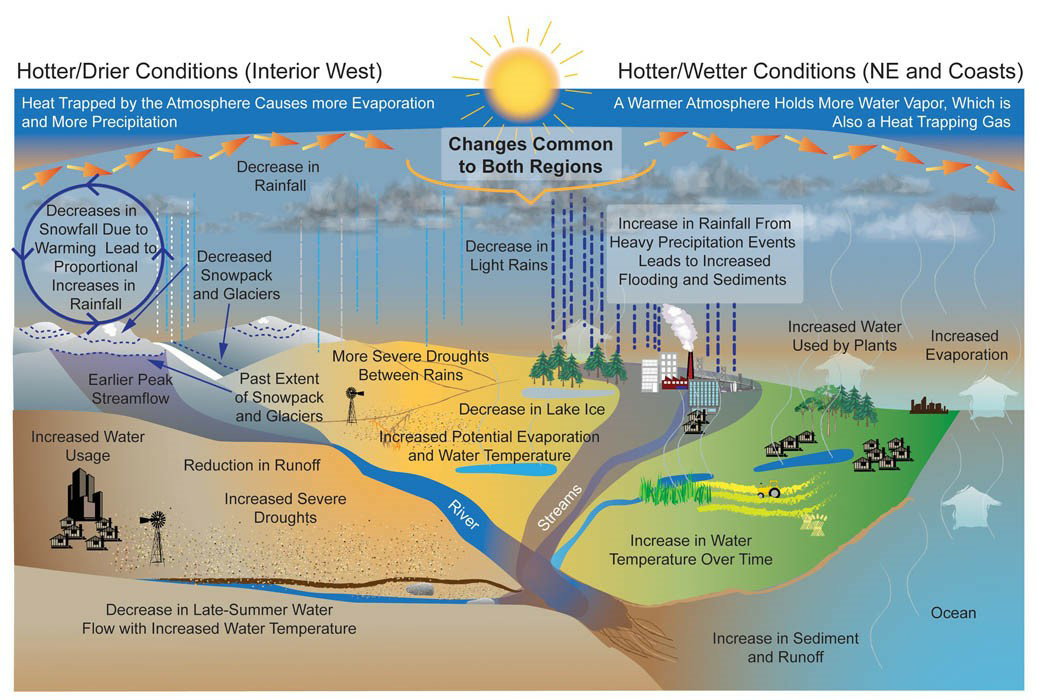Ways to Help the Environment in the New Year
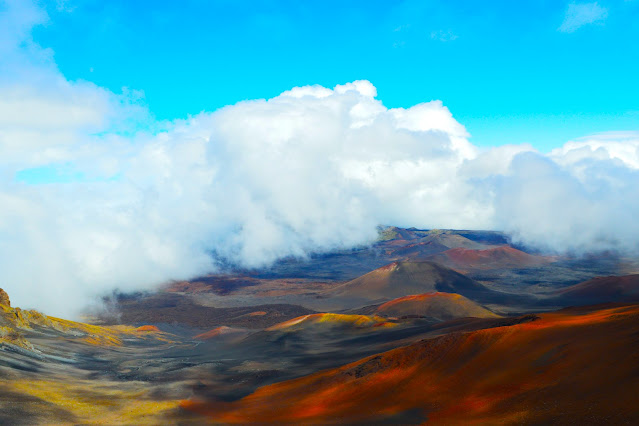
Haleakalā National Park, Maui, Hawaii - Copyright Amy Bradley, 2021 Ways to Help the Environment in the New Year We often think of ways to live a better life in the new year. For the new year, consider ways you can improve your life and the health of the environment. In 2022, make a resolution to conserve natural resources in whichever way suits your lifestyle. There are many ways you can help the environment in the upcoming new year. Conserving water, reducing air pollution, and conserving energy are ways you can help. Remember many small changes add up to a big difference. Read on to learn what you can do to help. Salt Creek Falls, Oregon Copyright A. Bradley Ways to reduce water consumption A resolution is a firm decision to do or not to do something. You can help conserve water by making a resolution that limits the amount of water you use. Here are some ways you can commit to keeping your resolution. Only wash full loads of laundry Turn off the water when brushi...

